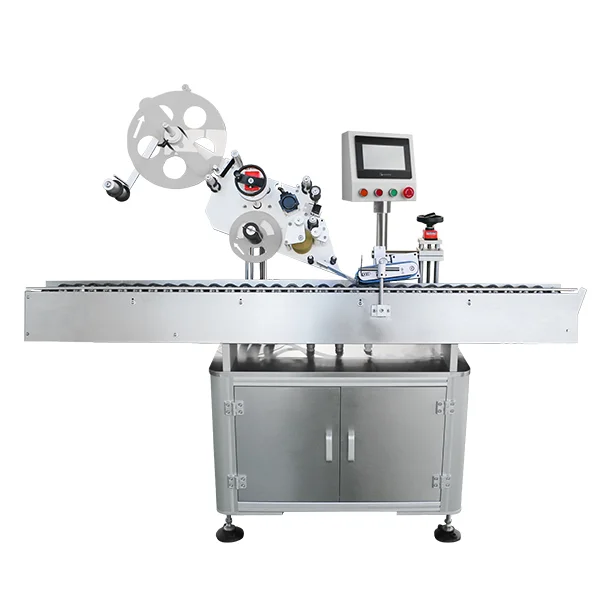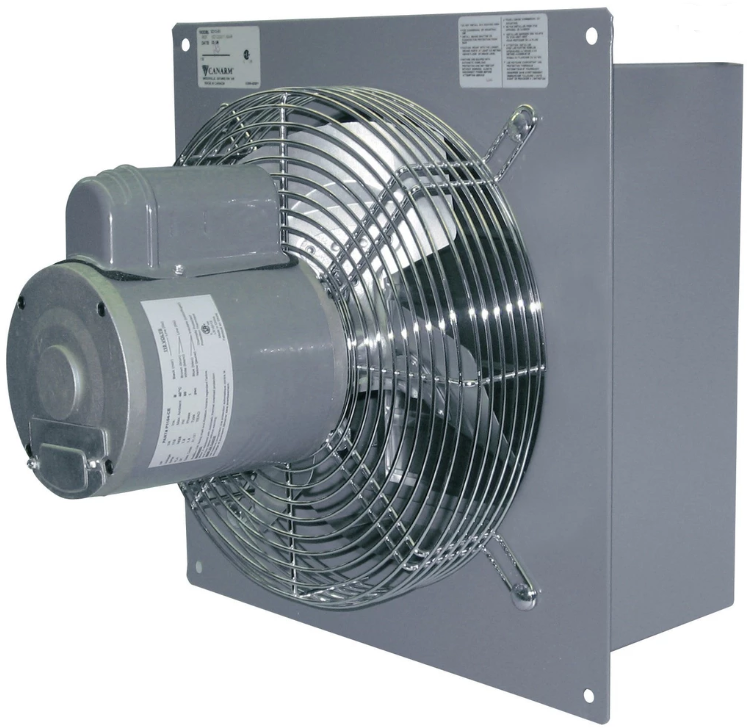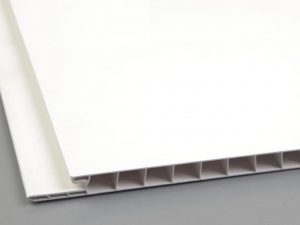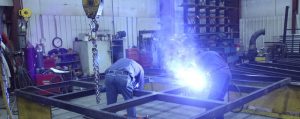In the field of respiratory therapy and medical science, ventilation breathing plays a crucial role in maintaining adequate oxygenation and removing carbon dioxide from the body. Understanding the two types of ventilation breathing is essential for healthcare professionals and individuals seeking to optimize their respiratory health. In this comprehensive guide, we will delve into the intricacies of these two types and explore their significance in various clinical settings.
- Positive Pressure Ventilation:
Positive Pressure Ventilation (PPV) is a mechanical ventilation technique commonly used in critical care settings. It involves the delivery of pressurized air or oxygen into the lungs, increasing the lung volume and facilitating gas exchange. PPV can be further classified into two subtypes: a. Invasive Positive Pressure Ventilation (IPPV):
IPPV is employed when a patient is unable to breathe adequately on their own. It requires the insertion of an endotracheal tube or tracheostomy tube to establish an artificial airway. IPPV is commonly used during surgeries, in intensive care units, and in emergency situations. b. Non-Invasive Positive Pressure Ventilation (NIPPV):
NIPPV provides ventilatory support without the need for an artificial airway. It is delivered through a mask or nasal interface, making it a less invasive option. NIPPV is often used in patients with respiratory distress, sleep apnea, or chronic obstructive pulmonary disease (COPD). - Negative Pressure Ventilation:
Negative Pressure Ventilation (NPV) is a less commonly used technique that relies on external pressure changes to facilitate breathing. It involves creating a negative pressure around the chest or abdomen, which expands the lungs and draws air in. NPV can be further divided into two subtypes: a. Iron Lung or Tank Ventilation:
Iron Lung, also known as tank ventilation, was one of the earliest forms of NPV. It involves placing the patient inside a large airtight chamber that alternates between positive and negative pressure, mimicking the natural breathing process. Although rarely used today, it played a significant role in the treatment of polio during the mid-20th century. b. Negative Pressure Ventilators:
Negative pressure ventilators are portable devices that create negative pressure around the chest or abdomen using a sealed chamber or vest. This negative pressure assists in expanding the lungs and promoting inhalation. These devices are primarily used in patients with neuromuscular diseases or spinal cord injuries.
Conclusion:
Understanding the two types of ventilation breathing, positive pressure ventilation, and negative pressure ventilation, is crucial for healthcare professionals and individuals seeking to optimize respiratory health. Positive pressure ventilation, including invasive and non-invasive techniques, is commonly used in critical care settings. On the other hand, negative pressure ventilation, although less prevalent, offers alternative options for patients with specific respiratory conditions. By comprehending the nuances of these two types, healthcare providers can make informed decisions and tailor treatment plans to individual patient needs.







+ There are no comments
Add yours